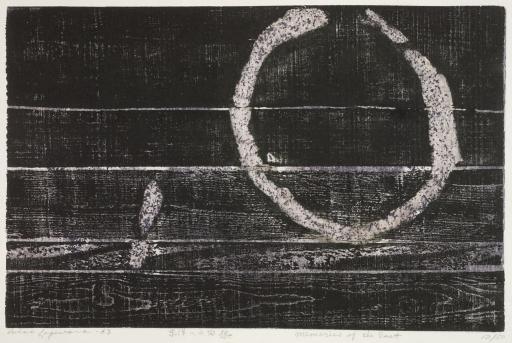Memories of the East, Hagiwara Hideo
Artwork Overview
Hagiwara Hideo, artist
1913–2007
Memories of the East,
1983, Showa period (1926–1989)
Where object was made: Japan
Material/technique: color woodcut
Dimensions:
Sheet/Paper Dimensions (Height x Width): 279 x 429 mm
Sheet/Paper Dimensions (Height x Width): 11 x 16 7/8 in
Mat Dimensions (Height x Width): 20 x 25 in
Sheet/Paper Dimensions (Height x Width): 279 x 429 mm
Sheet/Paper Dimensions (Height x Width): 11 x 16 7/8 in
Mat Dimensions (Height x Width): 20 x 25 in
Credit line: Museum purchase: Lucy Shaw Schultz Fund
Accession number: 1990.0065
Not on display
If you wish to reproduce this image, please submit an image request



